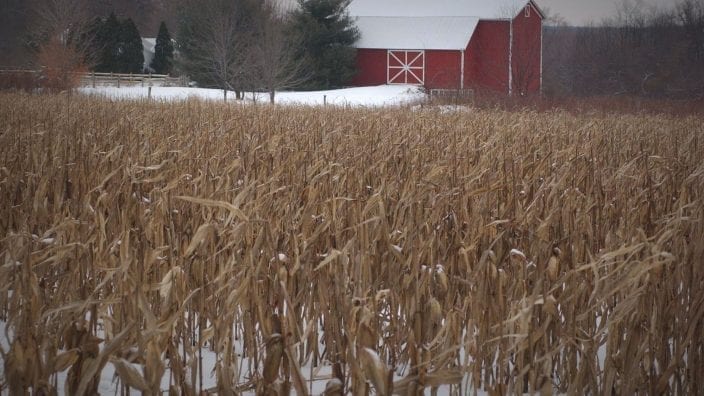Farmer’s Guide to Trucking Regulations available to Ohio Farm Bureau members
The guide includes a farm driver checklist, overview of state and federal regulations and exemptions, CDL qualifications and more.
Read More
Crop harvest for 2020 is about 99% complete locally. There may be isolated fields of corn still standing, but they are few and what is left may not be worth much. Heavy snows of December did put a few fields down and made them difficult to get with the combine. There should be some loss in those fields.
Reflecting over this past season, generally it was a successful one: Good planting conditions, a favorable growing season and fairly good harvest time. So cropwise, we can chalk the year up to being a good one overall.
According to Farm Journal, farmers do need to check field losses to be sure the combine was working right. They say a loss of two kernels per square foot becomes one bushel lost of corn per acre. With soybeans, four beans per square foot is a bushel lost per acre. Efficient combine operation is important.
Variations in yields also occurred depending on fertility levels of the soil. Fields with exceptional yields were fields that were expected to have top yields because of fertility levels in those fields. Also, August rains were variable and those fields that got at least an inch per week had the best yields.
Another interesting event was price improvement in the fall during harvest time. Usually, prices tend to drop to the lowest levels when corn and beans are being harvested and bins tend to be full. But this fall, both crops reached their highest levels for the year during the weeks of harvest. Much of the reason for this apparently was a strong export market and poor yields in South America.
At times during the weeks in September and October, major grain elevators had to stop taking corn because they couldn’t handle the volume that was coming in. When their bins get full, they have to truck out grain to major terminals to make room for more. Some may go to the Ohio River to be shipped to major processors on the river.
Overall, most grain farmers will take another year like 2020.
Another interesting development that affected dairy farmers was the increased sale and use of butter. American families stayed at home more than usual this past year because of the COVID-19 virus. This has resulted in an uptick in home baking and cooking. This has resulted in more butter being used as families learned to enjoy the quality and taste of real butter in their cooking.
Butter use has been on a slow decline for about four decades. In the early 2000s, it started to increase in popularity and use. It finally regained its spot above margarine consumption in 2005.
One major dairy cooperative said its net earnings increased in the third quarter of 2020 because of the surge in retail butter sales. They expect butter sales to increase more than 20 percent last year, thanks to improved retail demand.
The boom in retail demand prevented butter from being stored this summer, which is the slowest baking season. Usually, butter is stored during the slow months of July and August. Then it is brought out and sold during the holiday times. This was not the case this year because it was being sold as fast as it was being made.
Shoppers have also been tending to avoid the lower quality found in margarines.
In so many ways, the year 2020 has been different than any we have ever experienced.
Submitted by John Parker, an independent writer for the Tribune Chronicle and various farm organizations.
OFBF Mission: Working together for Ohio farmers to advance agriculture and strengthen our communities.


The guide includes a farm driver checklist, overview of state and federal regulations and exemptions, CDL qualifications and more.
Read More


Katie Share of Columbus has been named ExploreAg and Youth Development Specialist for Ohio Farm Bureau.
Read More

Mary Klopfenstein of Delphos has been named Young Ag Professional and Ag Literacy Program Specialist for Ohio Farm Bureau.
Read More

The plan has been updated to give sole proprietors access to more rate stability and a smart solution that offers potential savings on health care.
Read More

The American Farm Bureau Federation, in partnership with Farm Credit, is seeking entrepreneurs to apply online by June 15 for the 2025 Farm Bureau Ag Innovation Challenge.
Read More

Adele Flynn of Wellington has been elected treasurer of the Ohio Farm Bureau Federation and now holds the third highest elected office in Ohio’s largest and most influential farm organization.
Read More

Producers are urged to work with their veterinarian to practice enhanced biosecurity measures and review and limit cattle movements within production systems.
Read More

The changing seasons bring with them the need to thoroughly inspect pole barns for any damages that may have occurred during the winter months.
Read More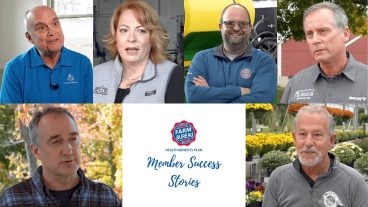
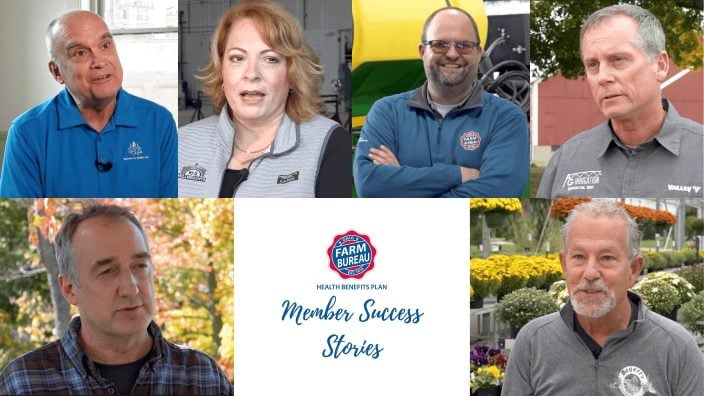
Hundreds of Ohio businesses and sole proprietors are raving about Ohio Farm Bureau’s Health Benefits plan with lower, predictable costs and easy enrollment and administration options.
Read More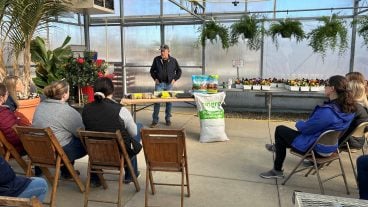
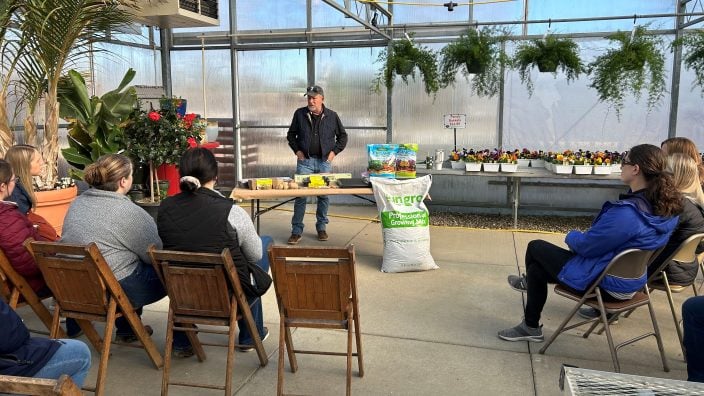
AgriPOWER Class XIV spent a few days in March in Medina and Wayne counties learning more about northern Ohio agriculture from leaders in Ohio Farm Bureau.
Read More